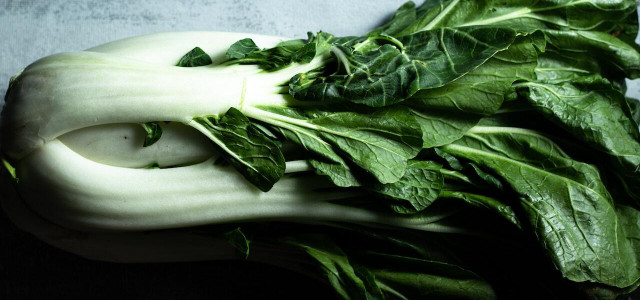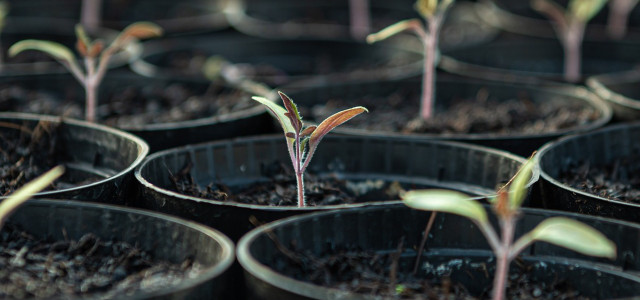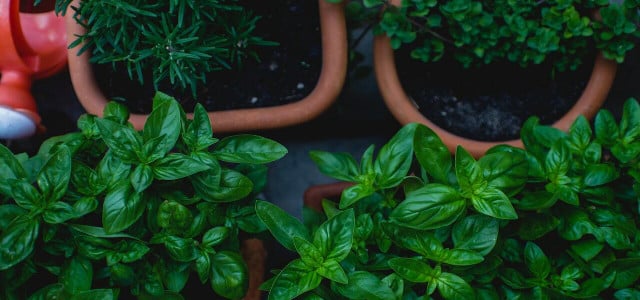Bok choy is a leafy green cabbage that originates from China. With these helpful tips, you can learn how to grow bok choy and enjoy your homegrown vegetable.
Bok choy is a relatively fast-growing type of cabbage you can plant in your garden or even your apartment. It’s a delicious vegetable which is full of healthy antioxidants that help your entire body. It also contains Vitamin B6, an important vitamin that reduces risk to your heart. If you want to learn how to grow bok choy in your apartment, home, or garden, here are eight tips to ensure you do it right.
1. Choose the Right Location
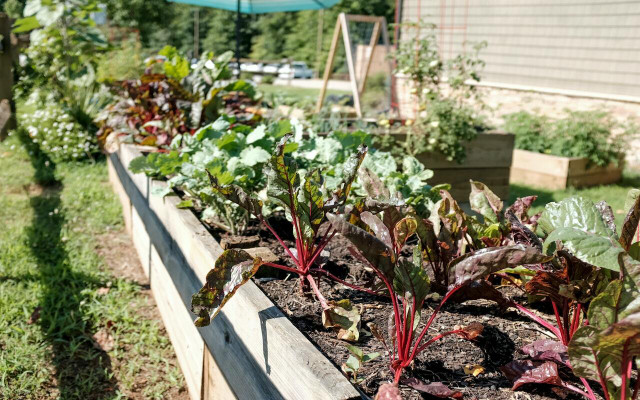


Bok choy originated in China and but can be grown almost anywhere in the United States because it is suitable for hardiness zones 2 to 11. You can grow the green leafery even inside an apartment. Whether you transplant bok choy into a pot to grow or grow it outside, bok choy is a good beginner option for gardening. Leave approximately 7 inches of space between your bok choy plants and others when planting.
2. Keep an Eye on Temperature
Bok choy can grow in many climates, and should always have access to a sunny location with drainage. Although they thrive in relatively warmer weather, bok choy can survive frosty conditions too. However, if bok choy experiences cold temperatures in spring it can cause early bolting.
3. Time Your Planting
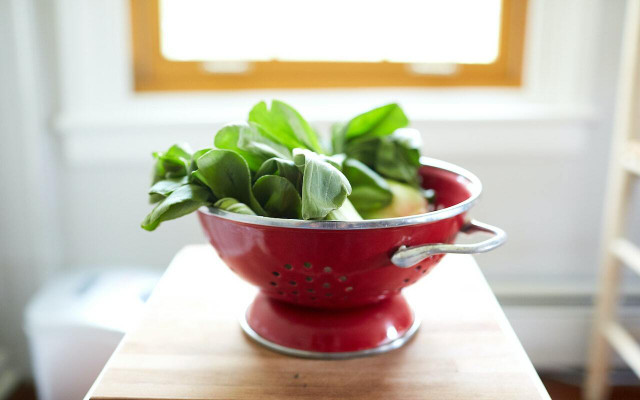


When learning how to grow bok choy, it’s imperative to start in the spring or summer for harvest in the fall.
From Seed:
Mix compost or homemade plant food into your soil to fertilize it. Then, plant your seed by making a small dent and planting the seed in the soil. Cover the seed with soil but not too deep. If you are growing multiple at once, make sure they are at least 5 cm apart.
Transplanting:
After purchasing plants from your local garden center, find a wide enough pot that will hold the roots and vegetable. Place compost in with the soil and bok choy.
4. Water Properly
The biggest danger to your bok choy is the climate. To prevent bolting from dryness, especially in fall months, your bok choy should receive at least one inch of water a week. Water the bok choy regularly enough to keep the surrounding soil moist – don’t over-water it, instead leave it sprayed and refreshed with the water.
5. Harvest Correctly
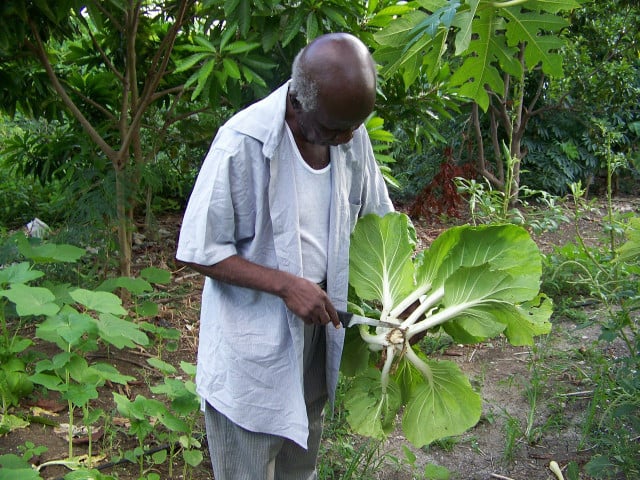


Harvesting can be done from 50-70 days after germination. The earlier you pick it, the more tender the texture of the bok choy. You can keep track of the size of the crop as it grows in a journal and determine if they are of harvesting height: 12-24 inches. Keeping this daily journal will help you harvest better.
The best time of the day to harvest your bok choy is in the morning because they are less dry. To harvest, take a pair of scissors or gardening cutters and lift the circular bottom. At the bottom of this, you will see a root: cut the root as close to the base as possible. When you take it inside you either cook it, eat it raw, or store it away immediately.
6. Companion Planting
Companion planting can help the process of growing your bok choy. Some suitable companions for your bok choy include:
7. Pest Control
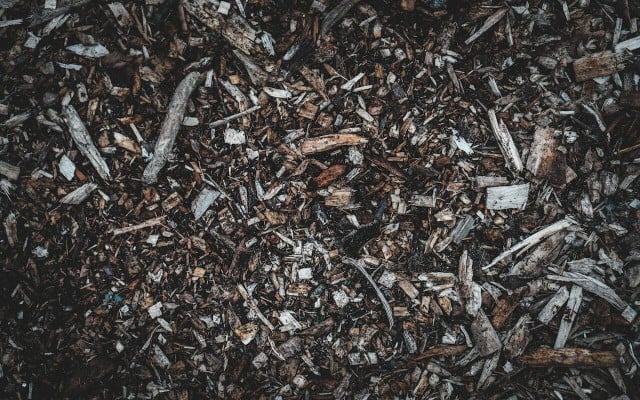


If you encounter small holes in the leaves of your bok choy, it is possible you have flea beetles. They are especially more common in spring. Although not a large threat to your bok choy, bugs and diseases can kill your crop.
Preventing Pests:
- Reduce weeds around by mulching. Lack of weed as a food source helps remove bugs
- Try growing your bok choy in fall when pest life cycles are ending.
Preventing Diseases:
- Make sure your bok choy is efficiently-aired and dry. Too much water and moisture can spread diseases into your bok choy.
- Leave plenty of space between plants when planting your bok coy.
Growing bok choy can be done almost anywhere in the United States. The plant is for beginners, but these tips will help ensure you know how to take care of and harvest your crop safely and efficiently.
Read more:
- How to Use Eggshells as Fertilizer for Your Garden Plants
- Growing Tomatoes in Pots: How to Plant Them on Your Balcony
- How to Make Homemade Weed Killer from Organic Ingredients
Do you like this post?






